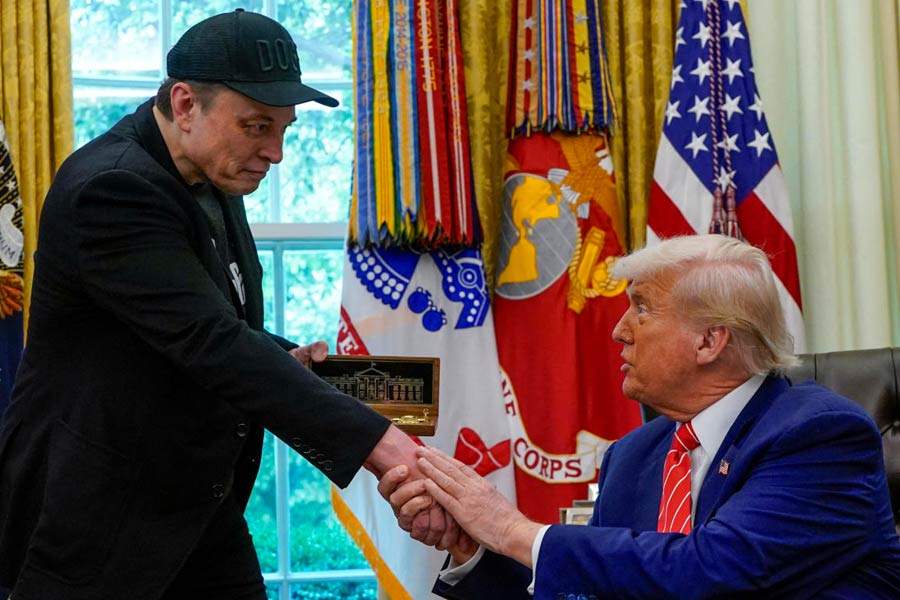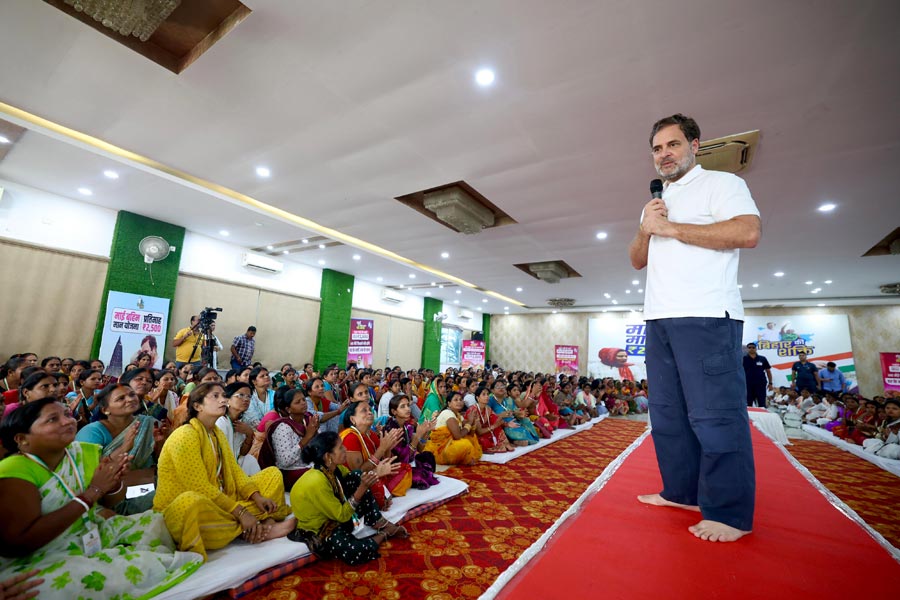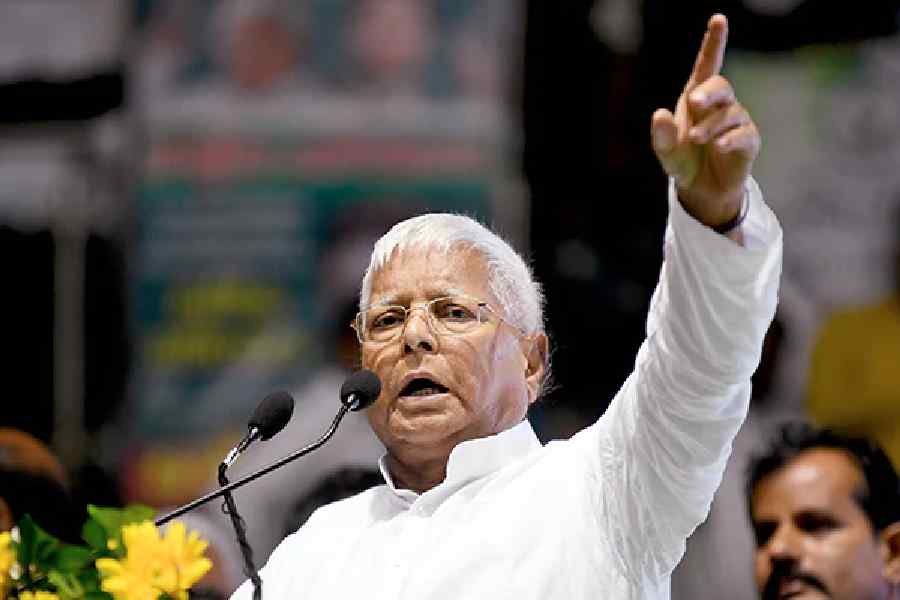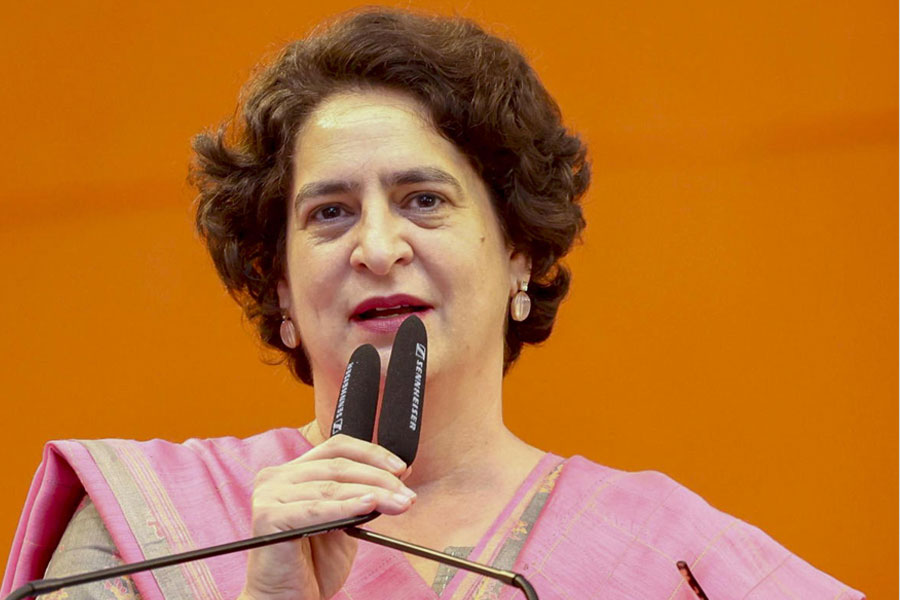
Aizawl: The recent discovery of a historical site at Vangchhia village in Champhai district of Mizoram has revealed the existence of an ancient lost civilisation in the state.
The remains of the civilisation, discovered by the Archaeological Survey of India (ASI), date back to 600 BCE.
Located close to the Myanmar border, the lush forested village of Vangchhia lies nestled in the Champhai-Farkawn mountain range.
For years, hundreds of megalithic stone sentinels or menhirs have stood guard in this little village.
Vangchhia is the only protected site in Mizoram where 170 menhirs have been protected by the ASI in 2015.
Giving a PowerPoint presentation of the finding at a press conference here on Wednesday, Sujeet Nayan, the deputy superintending archaeologist, ASI's Aizawl circle and director of excavations at Vangchhia, said the village was the root of Mizo cultures.
The region has not witnessed much archaeological activity in the past and its archaeological remains have largely gone unnoticed.
"With the excavation of about a 2,400-year-old historical site, Vangchhia culture will open new roads to trace the origin of Mizos," he said.
According to Nayan, the exposure of the megalith site at Vanchhia to the public began in 2010 when a team from Mizoram chapter of Indian Trust for Art and Cultural Heritage (Intach led by it convener P. Rohmingthanga visited the village.
The excavation began in 2015-2016 and thereafter in February 2017 and the ongoing excavation began in January this year, he said.
So far, more than 120 structures, including 39 burials and a water pavilion spread over almost 10 square kilometres, have been exposed and documented, he added.
According to Nayan, 170 menhirs were protected and about 90 menhirs were discovered this year. He said it could be one of the largest necropolis sites in the world.
The whole site is so extensively spread out in a proper layout with streets, residential blocks, stairs, (from one terrace to another), bund, defence wall, bastions, retaining walls and a water pavilion for harvesting rainwater and possible amusement.
Nayan said a sample of charcoal was sent to Florida in the US for carbon dating.
P. Rahmingthanga said the archaeological site of Vangchhia is eyeing the coveted Unesco World Heritage Site.
The site is located at a distance of 64km from Champhai, the district headquarters and 259km from Aizawl.
The geographical area of Vangchhia village is about 40 square km and bounded by Lianpui village in the north and Sazep village in the west, Vaphai village in the south and Myanmar (Burma) in the east.
The heritage first came to the notice of a retired IAS officer, P. Rohmingthanga, in 1973 when he was the deputy commissioner of the then undivided Aizawl district.
The final notification of the site as national importance was issued by ASI in February 2014.










